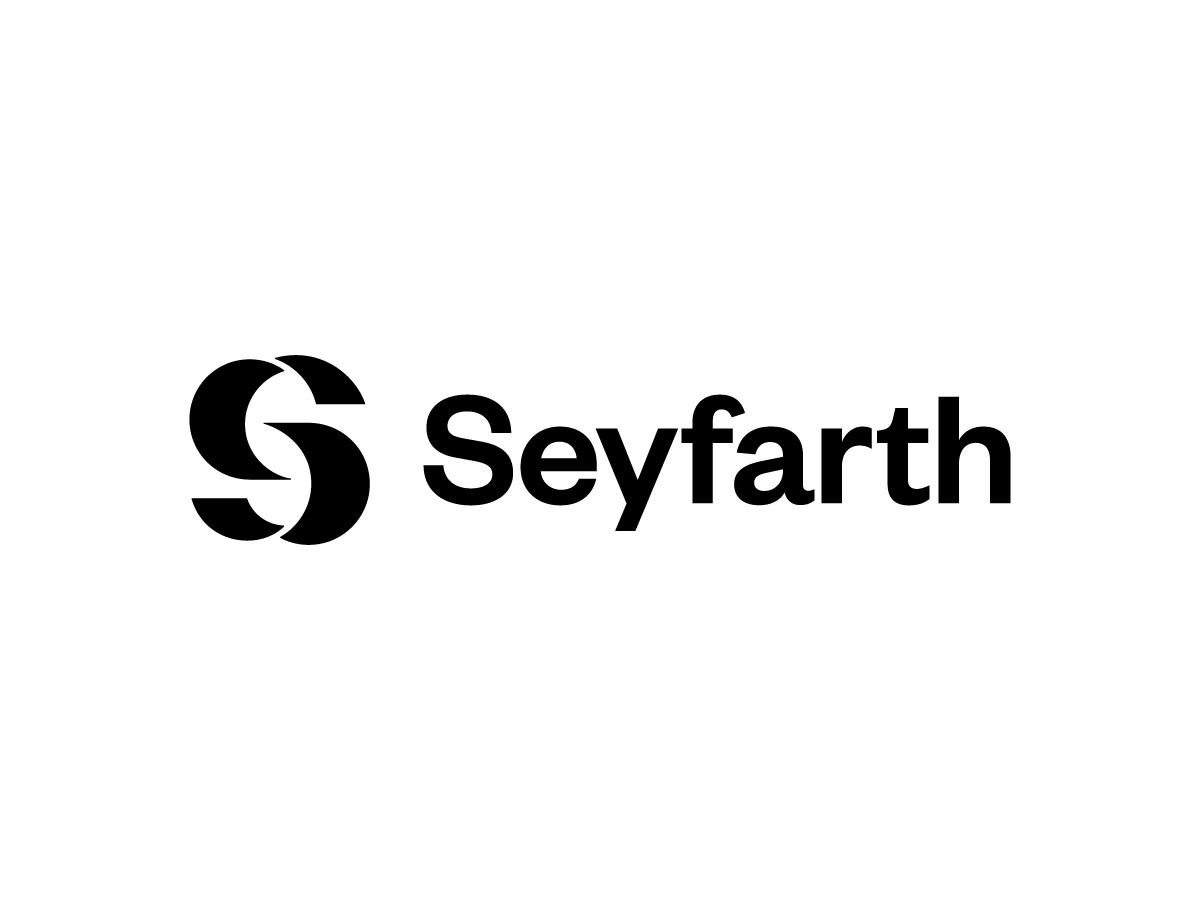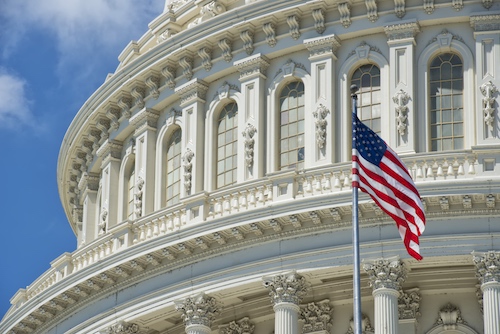Revolutionizing the Patent Landscape: Navigating the USPTO’s Bold Fee Overhaul for 2025 | Seyfarth Shaw LLP
The United States Patent and Trademark Office (USPTO) has proposed significant changes to patent fee structures for the 2025 fiscal year. These proposed changes mark a pivotal shift in the Office’s financial approach toward patent filings.
The proposed fee changes are available here.
These adjustments stand out not just for their size but for the profound implications they may have on how applicants navigate the patent process.
A key highlight from the proposed changes is the new fee regime for continuation applications. Specifically, surcharges will be applied based on an amount of time since the earliest priority date. For example, applicants will face a surcharge of $2,200 for filings that occur more than five years after the earliest priority date, escalating to $3,500 for those submitted beyond eight years.
The fee increases also extend to Request for Continued Examination (RCE) filings, with the USPTO proposing raises between 25% and 80% for second and subsequent RCEs, promoting more efficient application processes.
Other fee changes include:
- Increasing Design Application fees to account for inflationary cost increases;
- Increasing excess claim fees, urging applicants to present more succinct and focused patent applications;
- Reducing extension of time (EOT) fees for provisional applications;
- A tiered structure for Information Disclosure Statements (IDS) based on the number of references cited. For example, fees will be $200 for more than 50 references, $500 for over 100, and $800 for beyond 200 references;
- A 25% fee increase for inter partes review (IPR) and post-grant review (PGR) proceedings to cover the expenses of these processes; and
- A $500 fee for participation in AFCP 2.0 (there is currently no fee for participation in this program).
These proposed changes are a strategic tool to influence patent filing practices. The new fee schedule is expected to be implemented at the start of fiscal year 2025, on October 1, 2024.
Feedback on these proposals is open until June 3, 2024, and must be submitted via the Federal eRulemaking Portal.
Keep an eye on this space for further updates on these significant changes in the patent filing arena. In view of the proposed changes, applicants should consider recalibrating their filing and prosecution strategies. This may include expediting continuation applications, accepting allowable subject matter promptly, and narrowing claims to adapt to the evolving fiscal environment.






